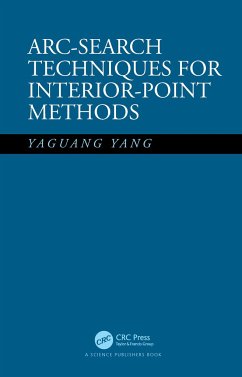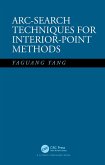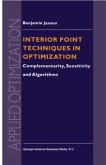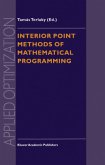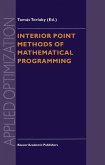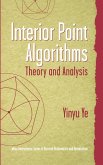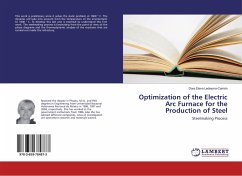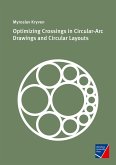This book discusses an important area of numerical optimization, called interior-point method. This topic has been popular since the 1980s when people gradually realized that all simplex algorithms were not convergent in polynomial time and many interior-point algorithms could be proved to converge in polynomial time. However, for a long time, there was a noticeable gap between theoretical polynomial bounds of the interior-point algorithms and efficiency of these algorithms. Strategies that were important to the computational efficiency became barriers in the proof of good polynomial bounds. The more the strategies were used in algorithms, the worse the polynomial bounds became. To further exacerbate the problem, Mehrotra's predictor-corrector (MPC) algorithm (the most popular and efficient interior-point algorithm until recently) uses all good strategies and fails to prove the convergence. Therefore, MPC does not have polynomiality, a critical issue with the simplex method. This book discusses recent developments that resolves the dilemma. It has three major parts. The first, including Chapters 1, 2, 3, and 4, presents some of the most important algorithms during the development of the interior-point method around the 1990s, most of them are widely known. The main purpose of this part is to explain the dilemma described above by analyzing these algorithms' polynomial bounds and summarizing the computational experience associated with them. The second part, including Chapters 5, 6, 7, and 8, describes how to solve the dilemma step-by-step using arc-search techniques. At the end of this part, a very efficient algorithm with the lowest polynomial bound is presented. The last part, including Chapters 9, 10, 11, and 12, extends arc-search techniques to some more general problems, such as convex quadratic programming, linear complementarity problem, and semi-definite programming.
Hinweis: Dieser Artikel kann nur an eine deutsche Lieferadresse ausgeliefert werden.
Hinweis: Dieser Artikel kann nur an eine deutsche Lieferadresse ausgeliefert werden.

